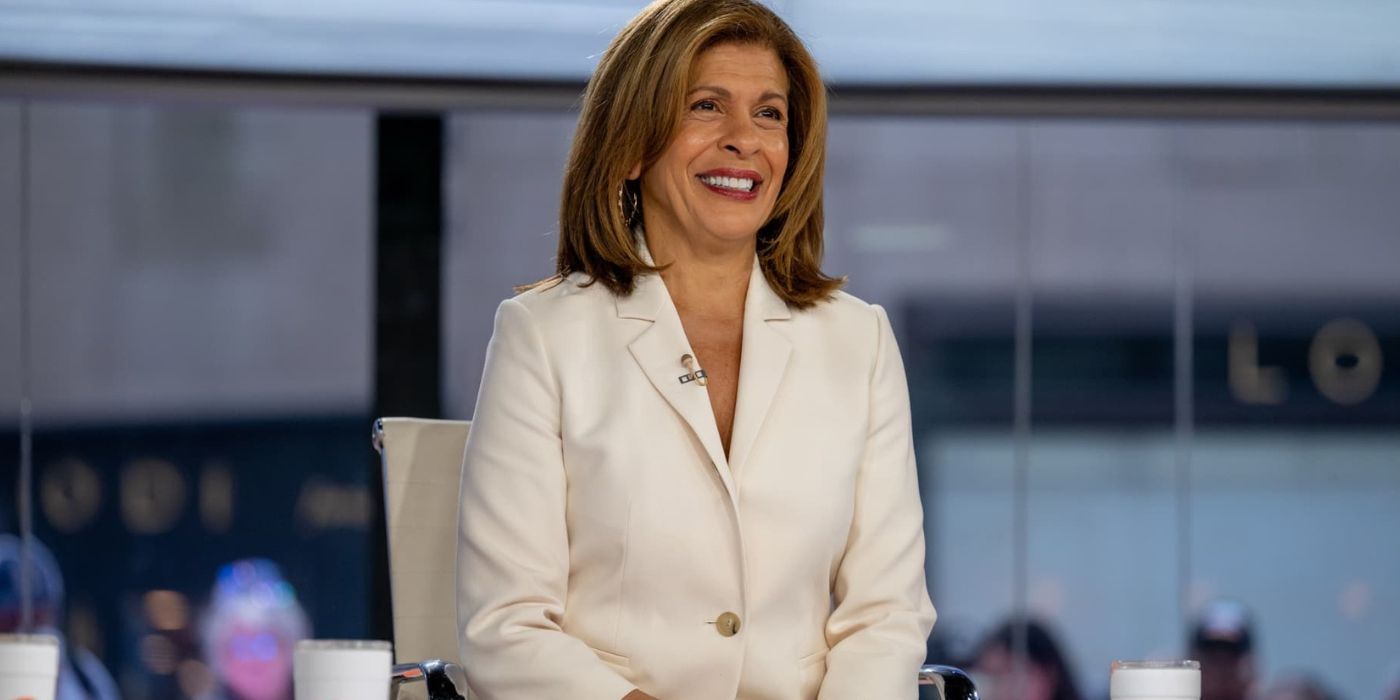Like generations before them, Mongolian herders Davaa and Zaya lead a nomadic life in the Gobi desert, where they tend to their livestock; and life with their four children is a tough but contented one. Moving between the sweeping and the intimate, Gabrielle Brady’s hybrid film juxtaposes the vast splendour of the Mongolian landscape with moments of domestic warmth as the family huddle up together for a nap or a meal, filling the simple shed where they live with laughter.
In one scene, the young children take turns telling scary stories of mythical happenings and deadly potions. Reality, however, has become much more frightening than fiction. As a result of the climate crisis, unprecedented natural disasters have wiped out countless herds, including Davaa and Zaya’s own. Left without their animals, the family reluctantly moves to the city for better opportunities. Here, Davaa swaps his horse for a bulky excavator as he makes ends meet loading rocks for construction projects. Somewhere in the chasm between his past and current lives, his identity has become lost in limbo, swept up by forces of environmental collapse and economic precariousness.
Brady has said in interviews that shooting began only after Davaa and Zaya had already left the desert. Credited as co-writers, the couple returned to their homestead to re-create their former life, a process that must have been therapeutic and painful. This production detail adds another layer of melancholy to images of the livestock blissfully roaming on the plains, exquisitely rendered by the languorous cinematography. With climate change steadily climbing towards calamitous heights, there’s a real danger that these ways of life can only exist in fictional daydreams.

 1 week ago
10
1 week ago
10








 English (US) ·
English (US) ·